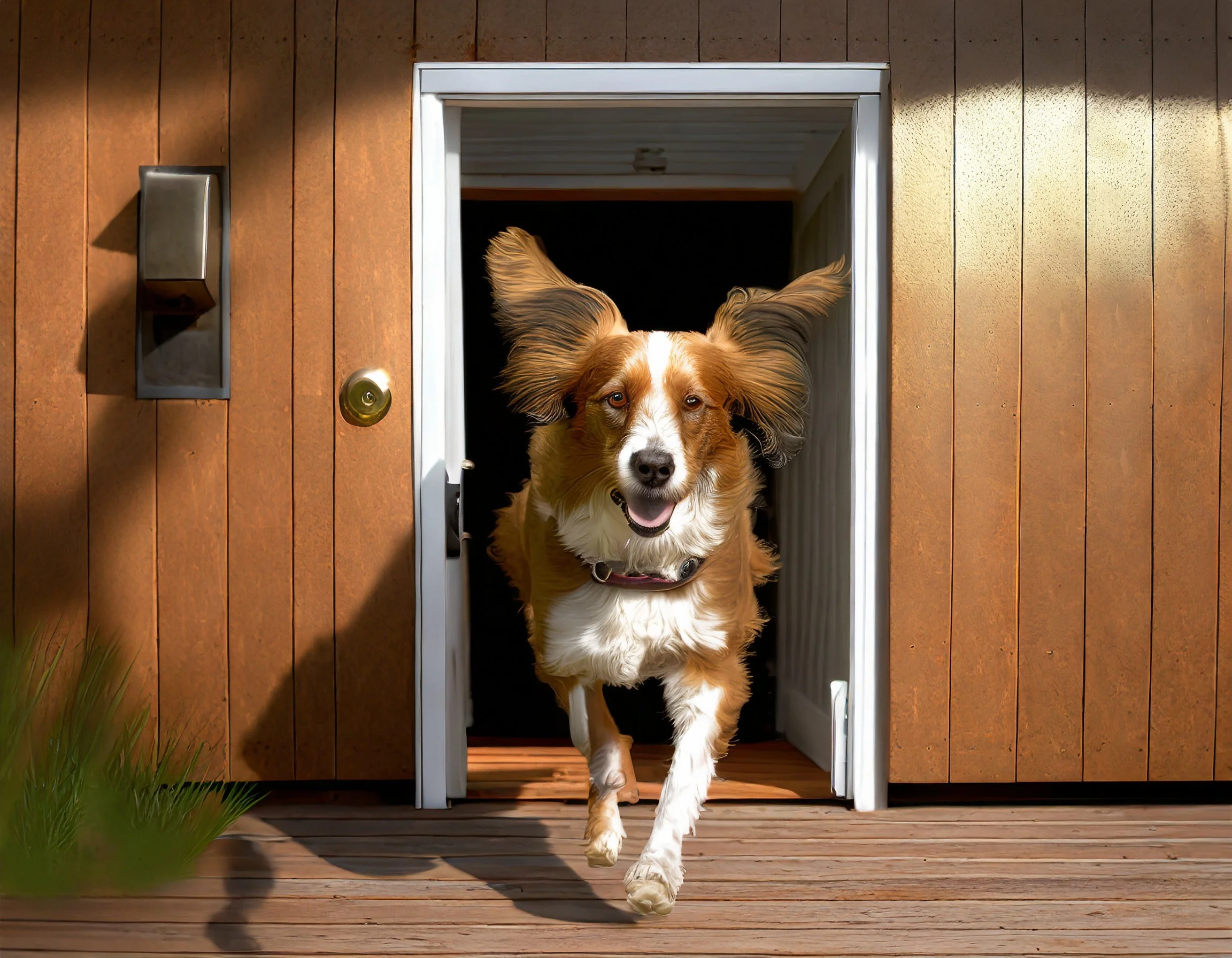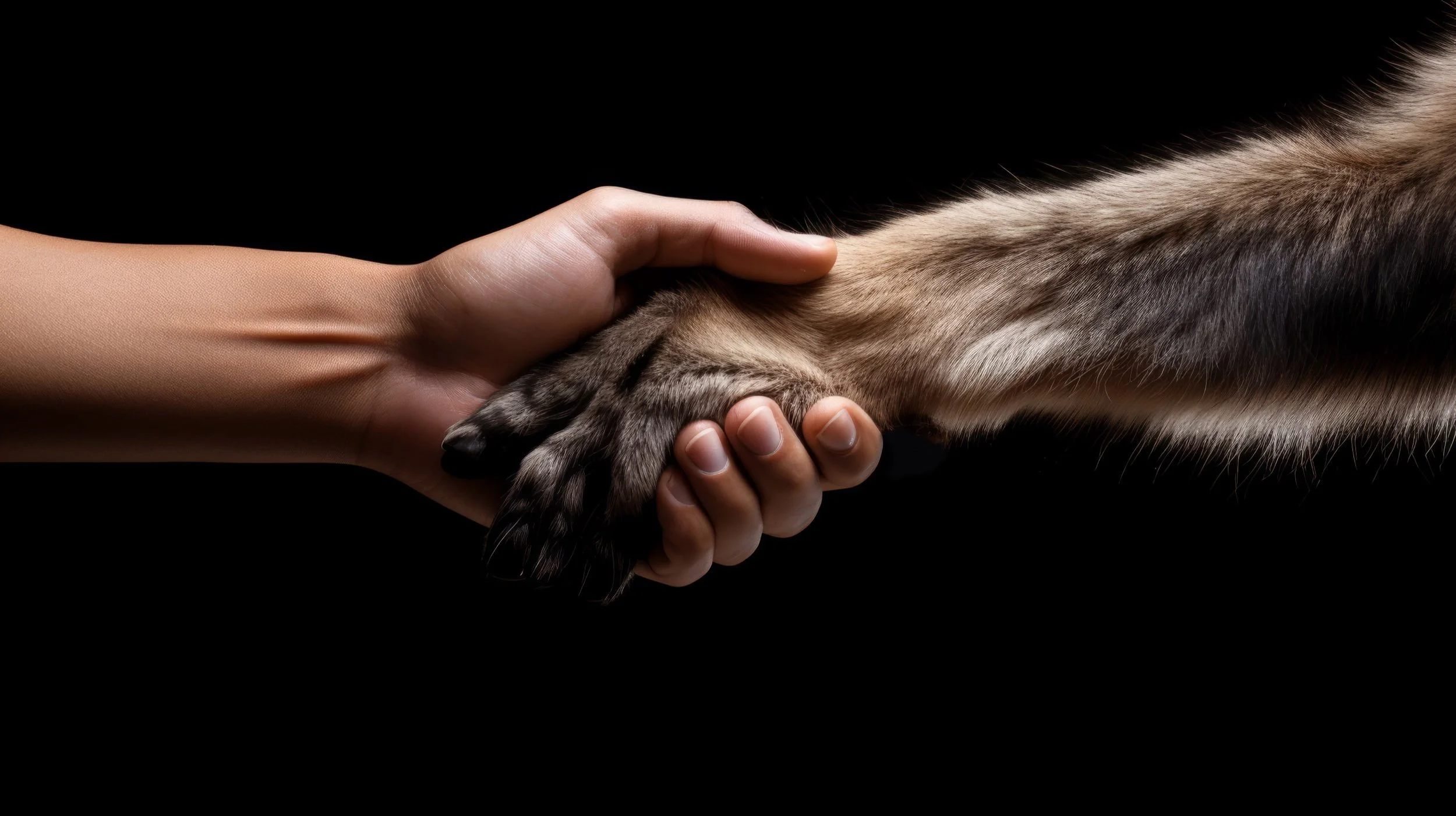In this article, I present my approach to dog training that moves beyond traditional behavioral conditioning to embrace the complex neuroscience of canine cognition. Through the years I've discovered that successful training isn't merely about teaching and reinforcing behaviors—it's about understanding and managing the dog's brain state to optimize learning and promote lasting behavioral change. This paradigm shift represents a fundamental departure from conventional training methods, offering a more sophisticated and scientifically-grounded approach to canine behavior modification.
At the heart of this methodology lies the recognition of what I call the "two minds" of the dog—the cognitive mind and the primal mind. This duality, rooted in the interplay between the prefrontal cortex and limbic system, forms the cornerstone of modern canine behavior understanding. Through careful observation and documentation of hundreds of cases, I've developed protocols that allow us to identify, influence, and maintain optimal brain states for learning. When we understand how to manage these states effectively, we can achieve behavioral changes that are both more profound and more sustainable than those obtained through traditional training methods.
The implications of this neuroscientific approach extend far beyond simple obedience training. By understanding the biological mechanisms that drive behavior—from neurotransmitter balance to cortisol management—we can create training environments that work with, rather than against, the dog's natural neurological processes. Throughout this article, I will guide you through the practical applications of these principles, sharing detailed protocols and case studies that demonstrate how this understanding transforms our ability to address complex behavioral challenges. When we shift our focus from external compliance to internal state management, we open new possibilities for creating lasting positive change in our dogs' lives.











